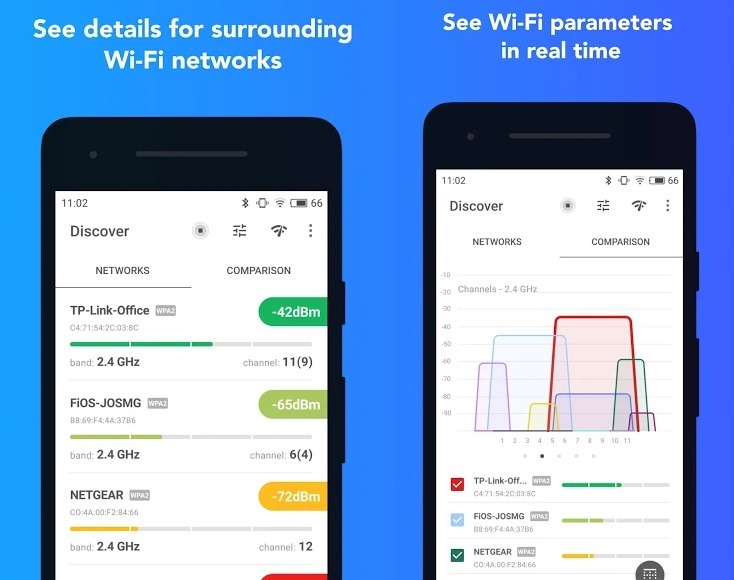

Diagnosis and treatment of Neuroendocrine Tumors By the time it is discovered, the disease has usually spread (metastasized) to the liver and lymph nodes, and the cancer is not curable with surgery or any other treatment. The typical NET patient is a man or woman in their 50s-70s who has a long-standing history of NETs, which typically originate in the small bowel or pancreas. Overall, it is estimated that more than 12,000 people in the United States are diagnosed with a neuroendocrine tumor each year and more than 165,000 patients are living with the disease each year. As they grow, the tumors can produce higher than normal levels of hormones that may cause symptoms such as flushing, severe diarrhea, or an asthma episode, or they may remain clinically silent for years. The tumors originate most often in organs in the gastrointestinal tract, the pancreas, and the lungs but can occur anywhere in the body. They have characteristics of both nerve cells and hormone-producing endocrine cells.

Neuroendocrine tumors are abnormal growths that develop in neuroendocrine cells, which are found throughout the body. Today, Lutathera is an FDA approved first-line therapy, and Fox Chase Cancer Center was one of the first centers to offer it to patients. In clinical trials over the past two years, patients receiving treatment with Lutathera showed significant reduction of the disease. In January 2018, the Food and Drug Administration (FDA) approved the use of Lutathera (lutetium Lu177 dotatate) in adults for slow-growing NETs that have spread (metastasized) to other locations. Some types of this rare form of cancer arising in neuroendocrine cells located through the body, are now being treated with a new radiation-based medication that is showing remarkable effectiveness in shrinking NETs, even if they’ve spread to other areas. For people diagnosed with neuroendocrine tumors (NET), treatment has historically worked to prevent advancement of the disease, but there were no therapies available that actually shrunk these tumors – until now.


 0 kommentar(er)
0 kommentar(er)
